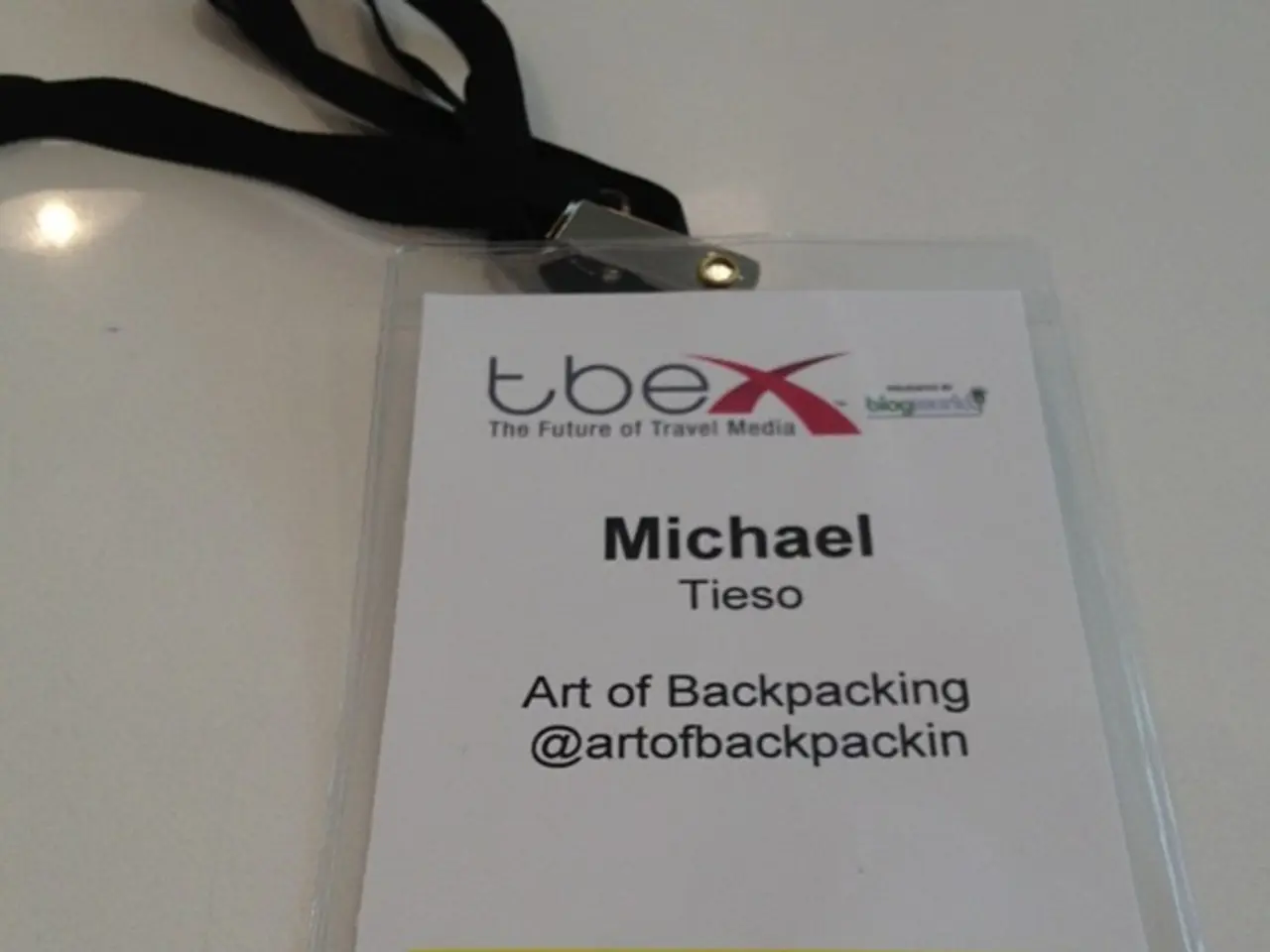A guide for executives on utilizing the drama of Apollo 13's journey as a tool for team motivation
The story of James Lovell and the Apollo 13 mission closely follows a classic storytelling arc known as the Hero's Journey. This narrative structure, identified by mythologist Joseph Campbell, follows a hero through stages of adventure, trials, and transformation. In the case of Apollo 13, this journey serves as a powerful example of effective leadership and teamwork in the face of adversity.
How Apollo 13 fits the Hero’s Journey structure:
The Apollo 13 mission began with a successful launch, marking the start of Act I - The set-up. The opening scene of the film Apollo 13 shows Tom Hanks (as James Lovell) at a house party watching Neil Armstrong set foot on the moon, symbolising the call to adventure.
The mission progressed until the critical disaster—an oxygen tank explosion—that endangered the crew’s lives and turned the mission into a struggle for survival rather than exploration. This marked the crossing of the threshold into Act II - The problem.
Lovell and his crew faced continuous life-threatening problems: limited oxygen, power shortages, carbon dioxide buildup, and navigation challenges without instruments. They encountered trials and challenges that tested their resilience and resourcefulness.
Mission control on Earth provided crucial support, instructions, and problem-solving ideas to improvise solutions, such as the carbon dioxide canister adapter jury-rigged from available materials. These helpers and allies were instrumental in navigating the ordeal.
The crew had to manually correct their course towards Earth, handling every successive problem calmly and creatively. This was the ordeal, a test of their leadership and problem-solving abilities.
Despite the catastrophic failure, Lovell's leadership and the team's coordinated efforts resulted in the safe return of the astronauts to Earth. This marked the return, the resolution of the crisis.
Lovell and his crew emerged from the ordeal as heroes who embodied calm determination under pressure. They transformed not just by surviving, but by helping NASA revamp its crisis management processes.
What business leaders can learn from this storytelling technique:
Business leaders can learn valuable lessons from this storytelling technique to navigate crises and lead teams effectively. Framing challenges as a transformative journey helps leaders maintain purpose and composure, focusing on next steps rather than despair.
Emphasising leadership under pressure, as demonstrated by Lovell's calm decisiveness in the face of uncertainty, underscores the importance of steady leadership, emotional control, and clear thinking during high-stakes moments.
Promoting team navigation and collaboration, as illustrated by the reliance on mission control’s support and the crew’s teamwork, highlights the vital role of collaboration and effective communication in overcoming complex problems.
Using the Hero’s Journey framework in telling business challenges can motivate teams by highlighting courage, creativity, and persistence as part of the process, turning failures into learning milestones.
Encouraging a problem-solving mindset, as demonstrated by Lovell’s analogy of the mission as a game of solitaire—always working problem by problem—teaches leaders to approach large issues as sequences of manageable challenges that can be solved stepwise.
Overall, the Apollo 13 story’s alignment with the Hero’s Journey demonstrates how powerful narratives rooted in overcoming adversity can guide real-world leadership and inspire resilient, collaborative problem-solving in business contexts.
[1] https://www.nasa.gov/mission_pages/apollo/missions/apollo13.html [2] https://www.tomhanks.com/news/tom-hanks-pays-tribute-to-apollo-13-captain-james-lovell-on-his-98th-birthday [3] https://www.history.com/news/apollo-13-35th-anniversary [4] https://www.space.com/17221-apollo-13-mission.html [5] https://www.biography.com/people/james-lovell-9340144
- James Lovell's leadership during the Apollo 13 mission, a space-and-astronomy event, demonstrates the importance of science, technology, and effective problem-solving in finance and business contexts as well.
- Although the entertainment world perceives the Apollo 13 mission as a thrilling, action-packed story, the backbone of that thrill lies in the application of technology and the display of practical ingenuity in space-and-astronomy.
- The Apollo 13 mission, being an example of effective crisis management in the space-and-astronomy sector, serves as a strong case study on the role of strong leadership, teamwork, and problem-solving in business enterprises.




